Mastering a mood board is an important and necessary skill for every interior designer.
Visual presentations of a design plan will help you and the client align and make decisions. Designers can use mood boards to show clients their ideas and design vision. We will go over some of the most important elements for mood boards that you need to learn to be successful!
Understanding the Overall Theme and Scheme
When designing a room or space, it is important to establish the mood and theme of the space. A design theme establishes the style of the space. There are many types of design themes, such as modern, rustic, traditional, etc. Mood boards can help guide you in understanding what type of design theme will work best with the new space. A design scheme makes up the furnishings in the space. The mood board represents all aspects of the accessories and furniture in the space. Understanding the importance of this first impression is one you should not overlook.
Picking the Correct Wall Treatment
Choosing the correct wall treatment can be a daunting task for designers. Each type has its pros and cons, so it’s important to know which material is best for your mood board before making any hasty decisions.
The most popular wall treatments are paint, wallpaper or fabric or using multiple materials in one space. The option you choose depends on many factors, including budget, color scheme, style preference and personal taste. When choosing the appropriate wall treatment for your design mood board, keep these points in mind.
Choosing Flooring
Choosing the right flooring for your design mood board can be a tricky process. You want to ensure that it matches in style, practicality and cost. There are many materials to choose from and each type has a gamut of options to go along with it. Also, depending on the room and the flow of traffic, there are a variety of considerations to think about: hardware , luxury vinyl, laminate,bamboo cork, carpet , tile, or linoleum.
Integrating New and Already Owned Furniture Pieces
New furniture pieces can help add variety to a design mood board. Also, interpreting the pieces a client already has is vital. Learning how to use new furniture with an already existing piece to create a cohesive look is an important skill every designer should know.
There are so many choices when it comes to choosing fabrics and textures for your mood boards. The most important thing is that you choose what will work best with the overall design. Is this a room that needs a calming effect or will an energizing vibe be more appropriate? Are you working on a project where elegance and sophistication must be reflected in the materials chosen, or does the space need something playful and fun? Taking these factors into account will affect the final outcome of your project.
Placing Wall Art
Another important aspect to consider when designing any type of space is wall art, which can serve as either decoration or accent pieces. Wall art can be anything from paintings and photos framed in gold frames to large mirrors that reflect light throughout the room, but there are other ways to incorporate this element into your designs. Knowing how to balance art in a space leads to a satisfying final product.
As you can see, it’s not enough to simply choose a few colors and textures that go together. It’s important to know what elements are key to making the right design choices. This is why interior design classes like ours can be so helpful! Sign up now if you want more information about how our courses will help you start your own business as an interior designer or home decorator!
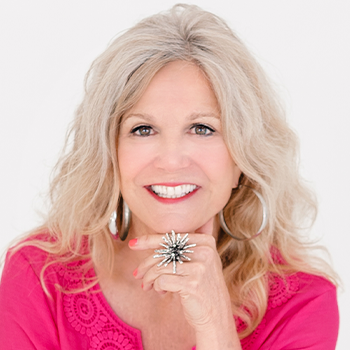
MELANIE SERRA
Original founder and instructor of SDG, teaching and mentoring students from the USA and abroad since 2006. Melanie is the

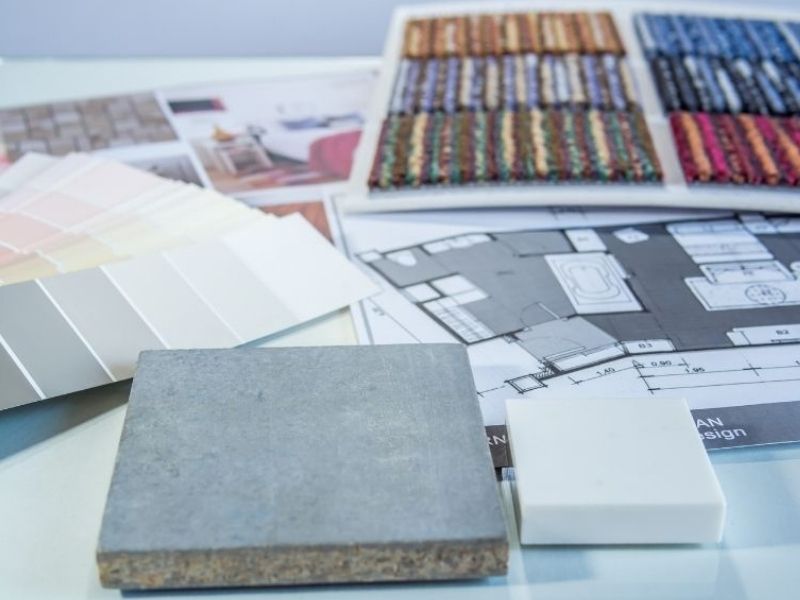
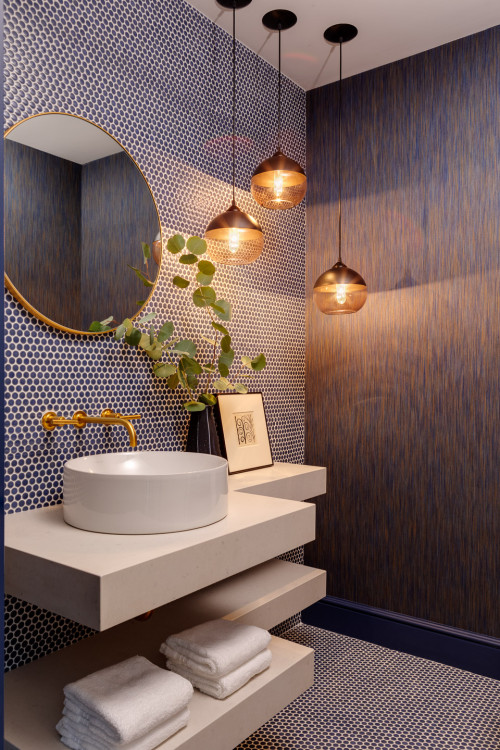

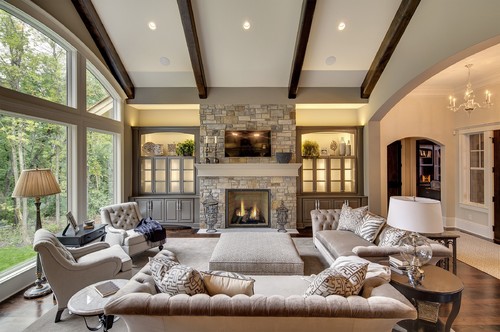
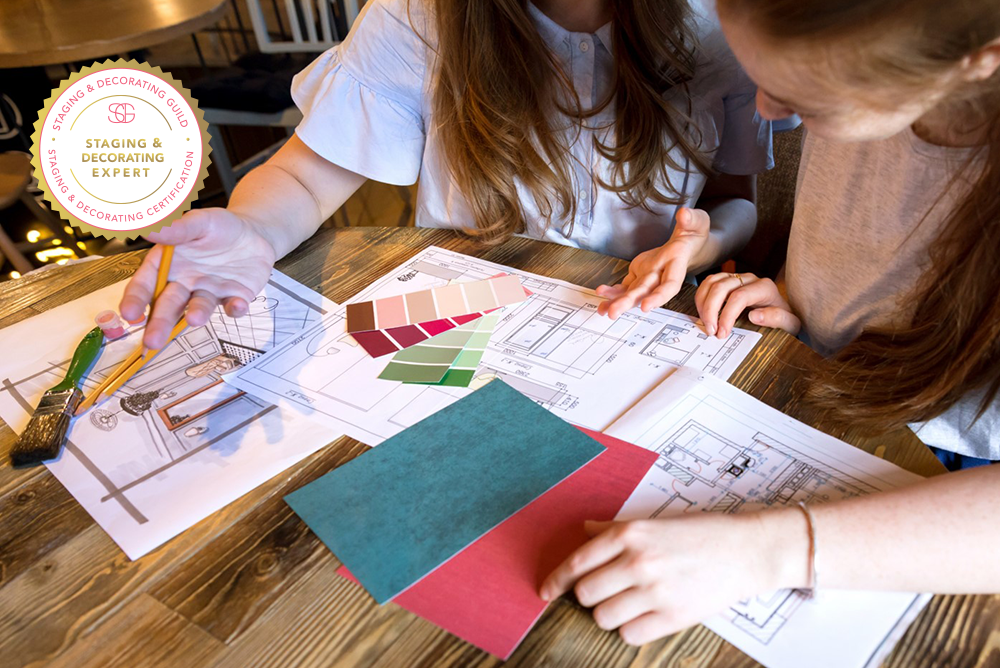
Will mastering mood boards be incoming in the up coming classes?